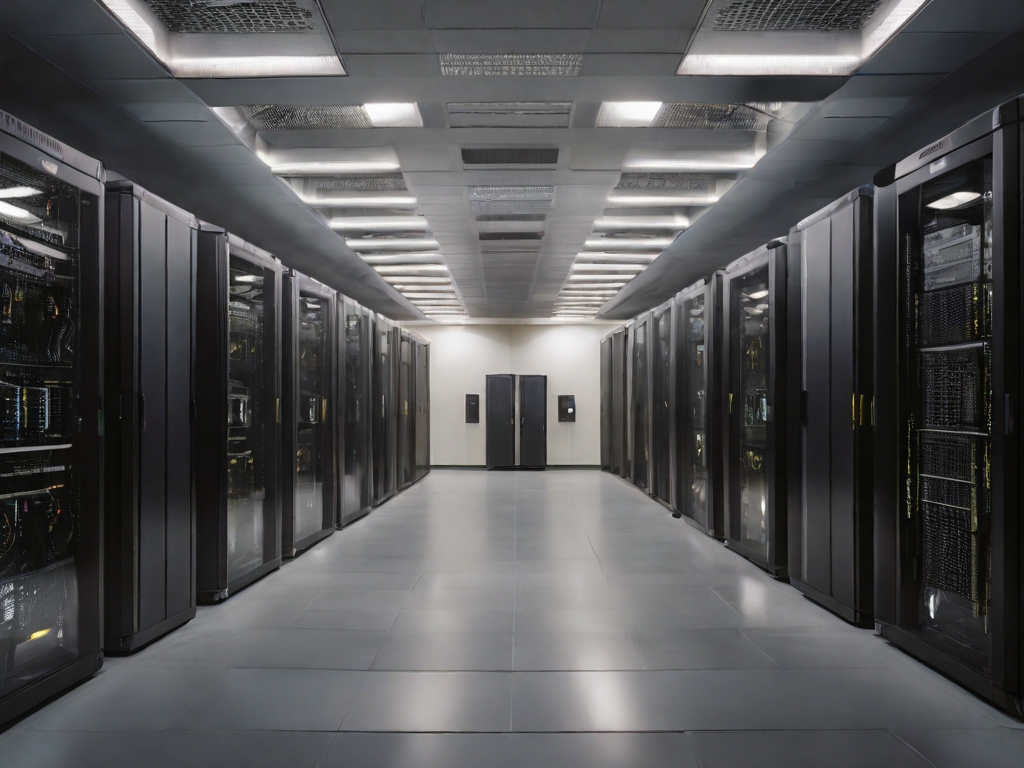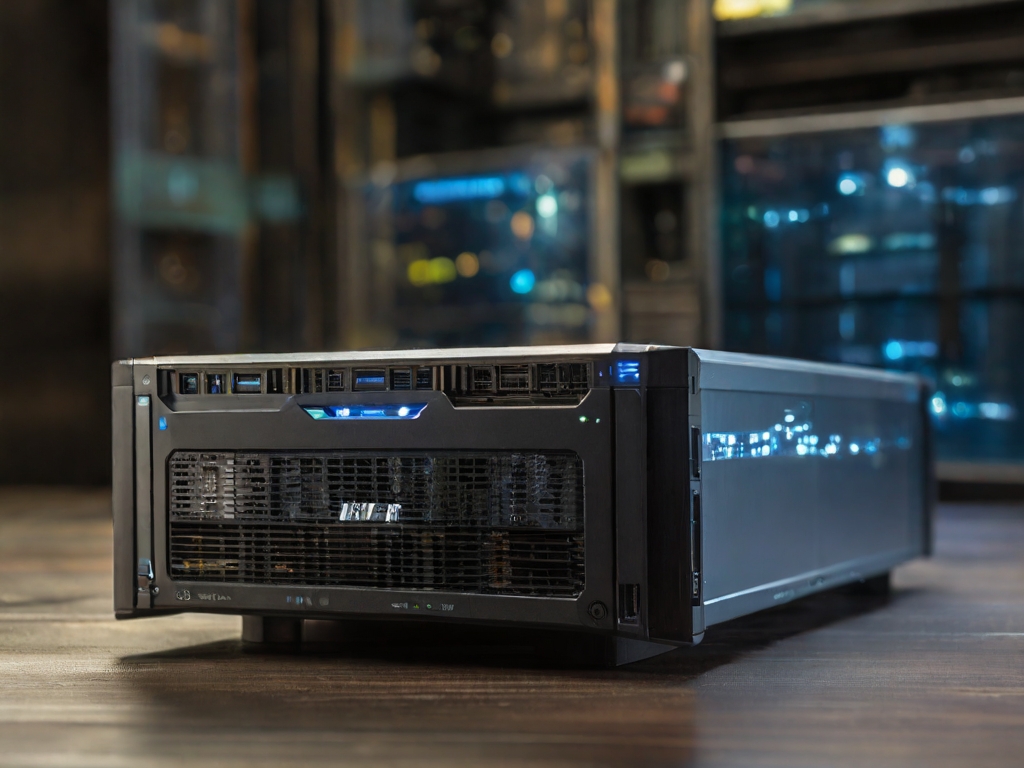
In the fast-paced digital era, where data reigns supreme, traditional methods of computing are undergoing a profound transformation. One such revolutionary paradigm shift is the rise of edge computing. As technology continues to advance, the need for faster, more efficient, and decentralized data processing has become increasingly apparent. In this comprehensive exploration, we delve deep into the realm of edge computing, uncovering its essence, significance, and transformative potential.

Understanding Edge Computing: A Primer
At its core, ”’what is edge computing”’? To grasp its essence, it’s essential to contrast it with its counterpart, cloud computing. While cloud computing centralizes data processing and storage in remote data centers, edge computing distributes these tasks to the “edge” of the network, closer to where data is generated. This proximity to the data source results in significantly reduced latency and enhanced real-time processing capabilities.

The Emergence of Cloud Edge
The concept of ”’cloud edge”’ represents a convergence of edge and cloud computing paradigms. It entails extending cloud capabilities to the edge of the network, effectively combining the scalability and flexibility of cloud infrastructure with the low-latency and proximity advantages of edge computing. This hybrid approach facilitates seamless data processing across distributed environments, catering to the diverse needs of modern applications.

The Role of Edge Servers
Central to the architecture of edge computing are ”’edge servers”’. These are computing nodes deployed at the network edge, tasked with processing and analyzing data in close proximity to where it’s generated. Unlike traditional centralized servers, edge servers enable localized decision-making and real-time responses, making them indispensable for latency-sensitive applications and services.

Unleashing the Potential of Mobile Edge Computing
A crucial subset of edge computing is ”’mobile edge computing”’ (MEC), which focuses on bringing computational capabilities closer to mobile users and connected devices. With the proliferation of smartphones, IoT devices, and 5G networks, MEC has emerged as a game-changer, unlocking a myriad of opportunities across various domains.

Demystifying Mobile Edge Computing
But ”’what is mobile edge computing”’ in essence? In simplest terms, it involves deploying computing resources at the edge of cellular networks, enabling faster data processing, lower latency, and enhanced user experiences for mobile applications. By offloading computation-intensive tasks from devices to edge servers, MEC empowers a new generation of mobile services spanning augmented reality, autonomous vehicles, remote healthcare, and beyond.

The Synergy of Edge and Cloud Computing
While edge computing offers unparalleled speed and efficiency, it’s not a replacement for cloud computing. Instead, it complements it, forming a symbiotic relationship that leverages the strengths of both paradigms. By seamlessly integrating edge and cloud resources, organizations can architect robust, flexible infrastructures capable of meeting the diverse demands of modern workloads.

Navigating the Landscape: Use Cases and Applications
The transformative potential of edge computing extends across a wide spectrum of industries and applications. Let’s explore some compelling ”’mobile edge computing meaning”’ through real-world scenarios:
Autonomous Vehicles
In the realm of autonomous vehicles, split-second decisions can spell the difference between safety and catastrophe. By leveraging edge computing capabilities, onboard systems can process sensor data in real-time, enabling rapid decision-making without relying solely on distant cloud servers. This distributed architecture enhances responsiveness and reliability, paving the way for safer and more efficient transportation systems.
Smart Cities
In the context of smart cities, edge computing plays a pivotal role in optimizing urban infrastructure and services. From intelligent traffic management and public safety surveillance to environmental monitoring and energy management, edge-enabled IoT devices collect and process vast amounts of data locally, driving actionable insights and facilitating informed decision-making at the municipal level.
Telemedicine
The advent of mobile edge computing has revolutionized the healthcare landscape, particularly in the realm of telemedicine. By deploying edge servers at healthcare facilities or even directly on patient devices, medical professionals can conduct real-time remote consultations, analyze vital signs, and facilitate timely interventions, regardless of geographical barriers. This democratization of healthcare services holds immense promise for improving patient outcomes and reducing healthcare disparities.

Overcoming Challenges and Embracing Opportunities
While the potential benefits of edge computing are undeniable, it’s not without its challenges. From ensuring data security and privacy to managing edge infrastructure complexity and interoperability, organizations must navigate a myriad of hurdles on the path to adoption. However, with strategic planning, robust governance frameworks, and innovative solutions, these challenges can be overcome, unlocking the full potential of edge computing to drive innovation and fuel digital transformation.
Security and Privacy Considerations
As data traverses the edge of the network, it’s imperative to implement robust security measures to safeguard against potential threats and vulnerabilities. Encryption, access controls, and secure authentication mechanisms are essential components of a comprehensive edge security strategy. Moreover, stringent data privacy policies must be enforced to ensure compliance with regulatory requirements and protect user confidentiality.
Scalability and Flexibility
Scalability is another critical consideration in the realm of edge computing. As the volume and velocity of data continue to grow exponentially, organizations must design scalable architectures capable of accommodating fluctuating workloads and expanding deployment footprints. Cloud-native technologies, containerization, and orchestration platforms offer scalable solutions for managing edge infrastructure with agility and efficiency.
Interoperability and Standards
Interoperability remains a significant challenge in the heterogeneous landscape of edge computing. With a multitude of devices, protocols, and technologies in play, achieving seamless integration and interoperability poses a formidable hurdle for organizations. Standardization efforts, industry collaborations, and open-source initiatives play a vital role in establishing common frameworks and protocols to facilitate interoperability and ecosystem-wide compatibility.

Charting the Course for the Future
As we stand on the cusp of a new technological frontier, the transformative potential of edge computing continues to unfold. From empowering autonomous systems and enhancing user experiences to revolutionizing healthcare delivery and urban planning, the possibilities are boundless. By embracing the principles of edge computing, organizations can unlock new avenues of innovation, drive operational efficiencies, and deliver unparalleled value to customers and stakeholders alike.
In conclusion, ”’what is edge computing”’? It’s not merely a technological trend but a paradigm shift that promises to reshape the digital landscape in profound ways. As organizations embark on their journey towards edge-enabled futures, they must embrace agility, collaboration, and continuous innovation to harness the full potential of edge computing and chart a course towards a brighter, more connected tomorrow.
